Esra Ersen
Elsewhere
19.1. —
11.3.2007
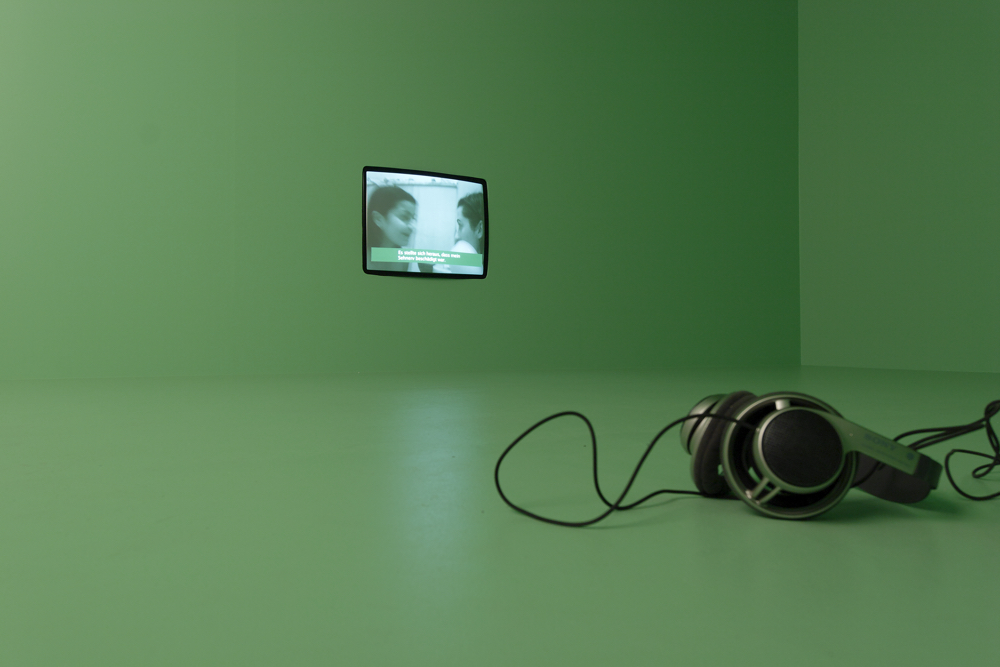
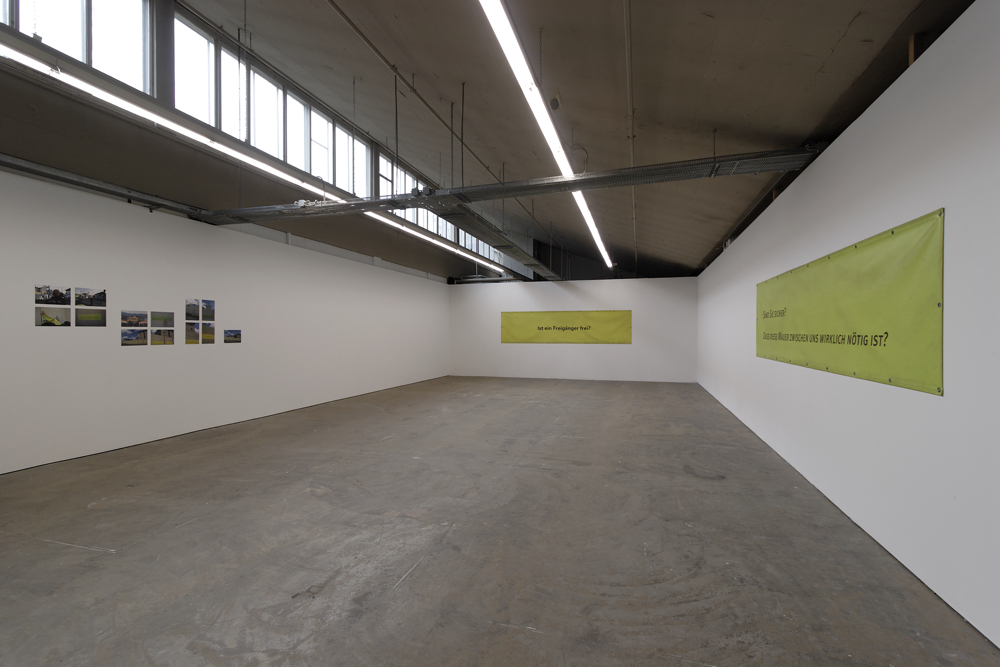
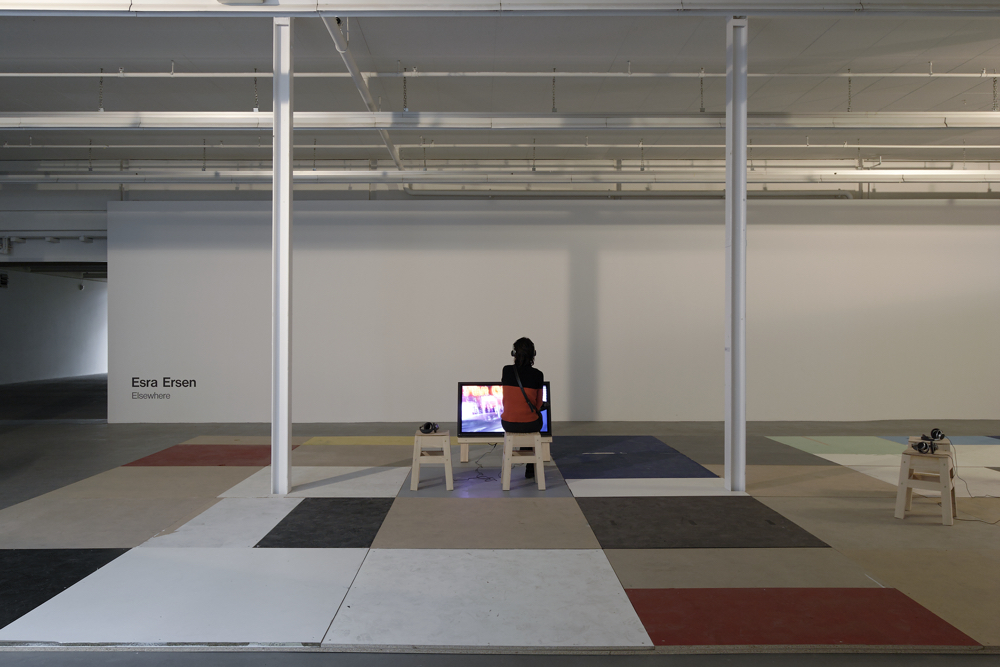
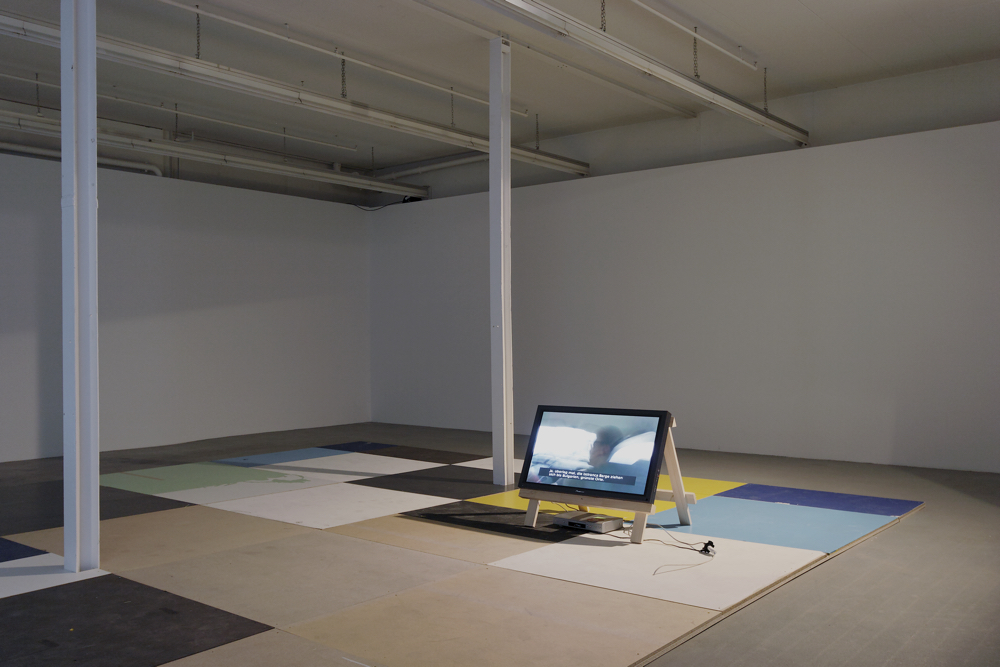
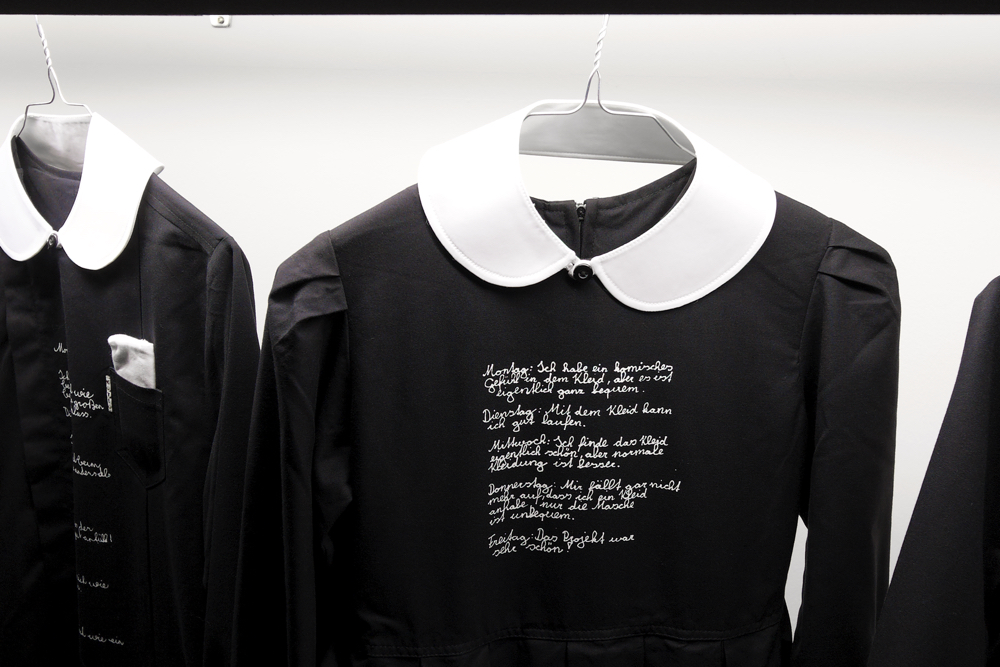
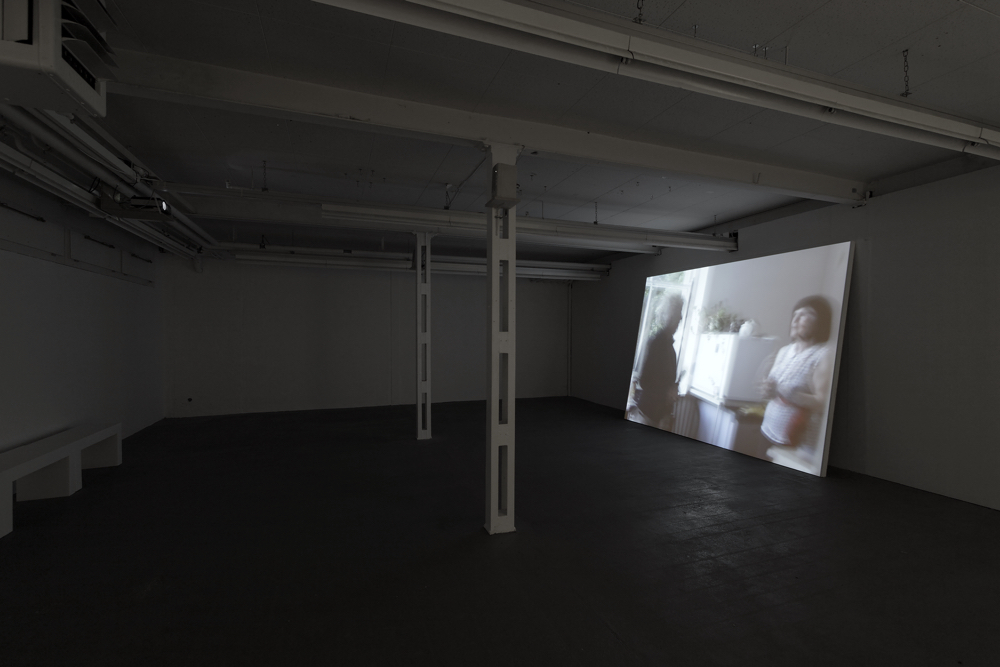
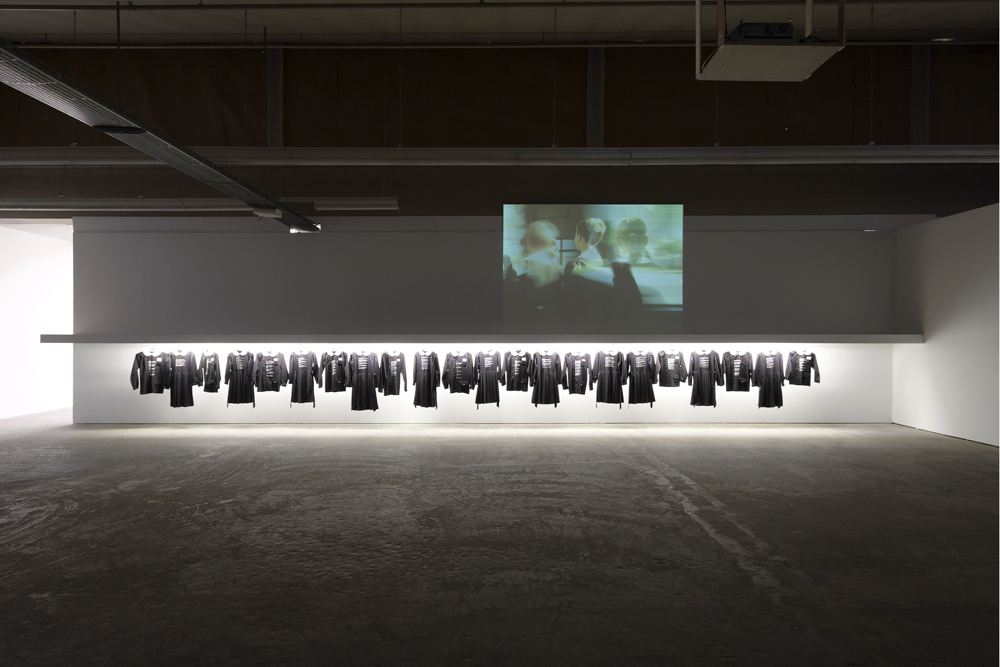
For the first time in Switzerland, Kunsthaus Baselland stages a comprehensive show of Esra Ersen, an up-and-coming artist with a Turkish background. Her art is focused on questions like identity formation, migration, integration, urban processes, and the issue of how we perceive ourselves and are perceived by others. In cooperation with O.K Linz (A)and Frankfurter Kunstverein (DE)
Ersen’s oeuvre feeds on empirical and analytical studies of social conditions marked by a given culture, its myths, rituals, and economic circumstances. The artist frequently reacts to and uses the specific location of her activities to shape her investigations, whether they are photographs, videos, or installations. She consistently analyzes how a society handles human interactions, tensions, and contradictions. The work Ich bin Türke, bin ehrlich, bin fleissig… (I Am a Turk, I Am Honest, Hard-working…; 2005) was done in collaboration with secondary-school students from several countries. In her last intervention at a school in Linz, 21 students wore Turkish school uniforms for a week. Esra Ersen accompanied this project and printed written statements made by the students on their clothing. The introduction of school uniforms as part of a controlled and deliberately and politically instrumentalized system elicited a process of reflecting on the more or less concealed ideological implications and power structures prevailing in the original environment and the new setting. (Genoveva Rückert)
Ersens’s work, by involving the experiences of those directly concerned, contributes to the current discourse on school uniforms in Switzerland. Kunsthaus Baselland organizes a series of events during the run of the exhibition with a view to promoting debates on the issue of wearing school uniforms. In Hamam (2001), a work developed for a Turkish bath in the Bulgarian city of Plovdiv, Ersen undermined the expectations placed in her as a young female artist from Turkey. Together with two young women, she set foot in a classical Turkish bath for the first time and filmed their intimate talks about sexuality. (Walter Seidel)
Searching for an alternative to ‘vox populi’, Ersen also assesses the value of small-talk. She gauges the special quality features attributed to such conversations, located somewhere between the personal and the general, between the public and the private. For her video installation Hamam (2001) she devised a video-watching cubicle, thus exposing to public viewing a usually closed-off space. What starts as an easy-going conversation between two young women ends as a critical analysis of the social setting created by interpersonal communication. In this case, it is a space from which a private moment segues into the public sphere, a space where intimacy is broken and fully exposed to the glare and unashamed gaping of a Peeping-Tom audience.
Clichés are also employed in Hello Where is it? (2000). The artist captures conversations that take place during a car ride across the Bosporus bridge. It is only when the car passes signs saying “Welcome to Europe” and “Welcome to Asia” that viewers are able to locate the place. Ersen’s approach is inspired by her active involvement in unfolding events that leave room for substantive questions asked by the protagonists concerned. The communication techniques resulting from this exercise reinforce the expressivity of the artist’s physical and visual representations of space. They allude to its mental, social, and political codification that emerges primarily in the context of campaigns for European integration.
The video entitled This is the Disney World (2000) is about glue-sniffing street kids in Taksim, the epicenter of Istanbul’s hustle and bustle. Abandoned by their destitute families, exploited by criminal gangs, and ostracized by mainstream media and large sectors of society on account of their involvement in all types of malfeasance, these children have remapped the city center in a highly peculiar way and developed what can be called a parallel existence that Ersen attempts to retrace. (Erden Kosova)
In her most recent video Perfect/Growing Older (Dis)Gracefully (2006) Ersen devotes her attention to urban processes and their impact on individuals. The artist reacts to the profound changes currently under way in Liverpool as well as to their effect on the city’s inhabitants. Urban revitalization is intended to help shape a new identity for the city that vies for the title of the European cultural capital. Perfect calls into question universal processes of renewal in which changes typically do not occur organically; rather, they are imposed by policymakers on the local population. Acting like an urban planner, Ersen applied this method to a person living in Liverpool and documents the transformation of a long-time city dweller. Based on this renewal, Ersen raises general questions about urban interventions. Her work unveils inherent contradictions appearing during what is unmistakably a rejuvenation process and acts as its metaphor. Like in any other general overhaul, only the façade is changed; internal structures remain the same.